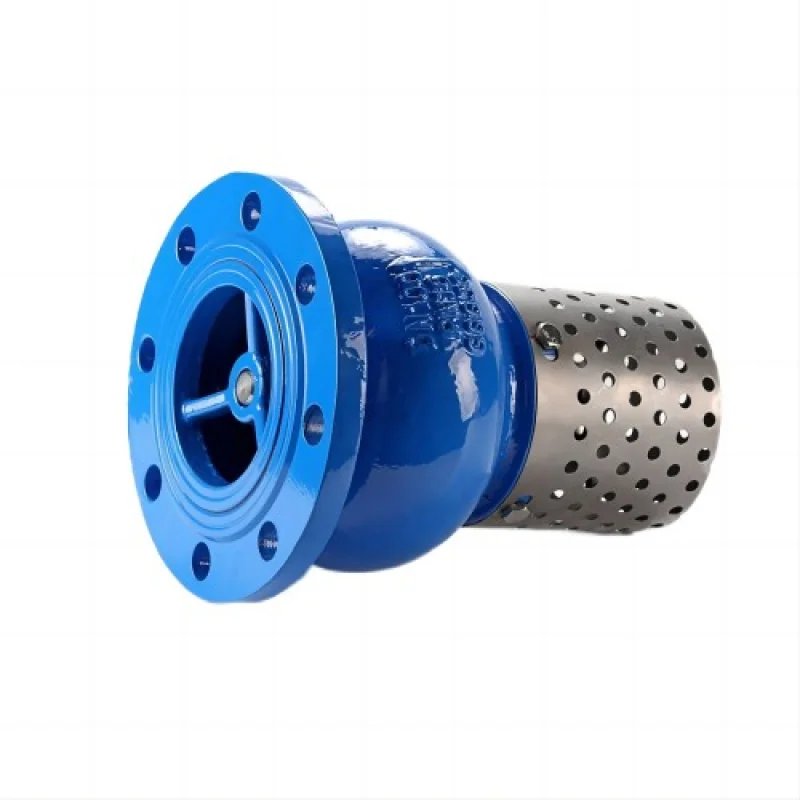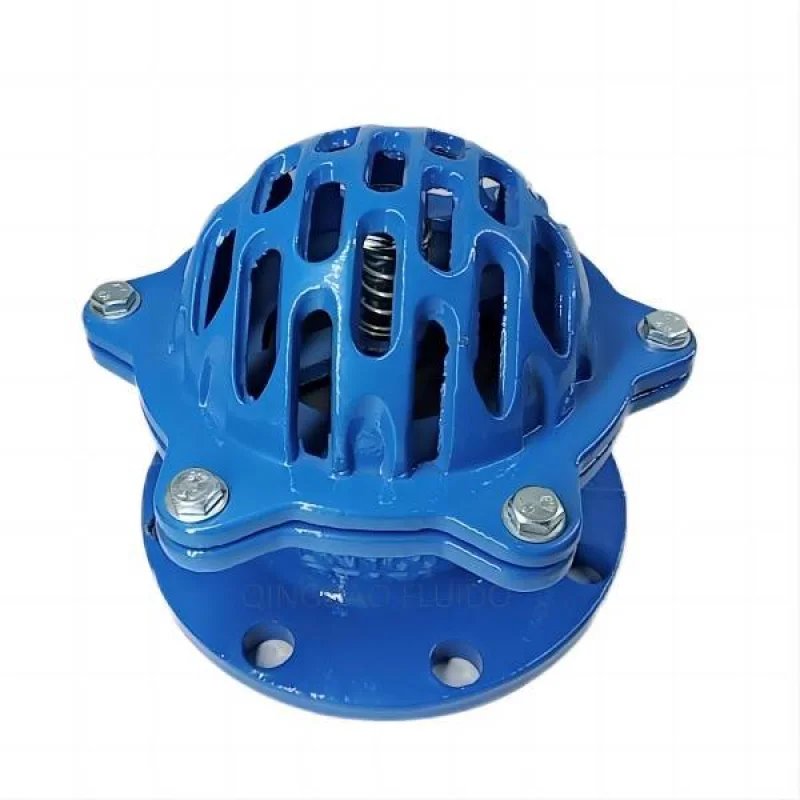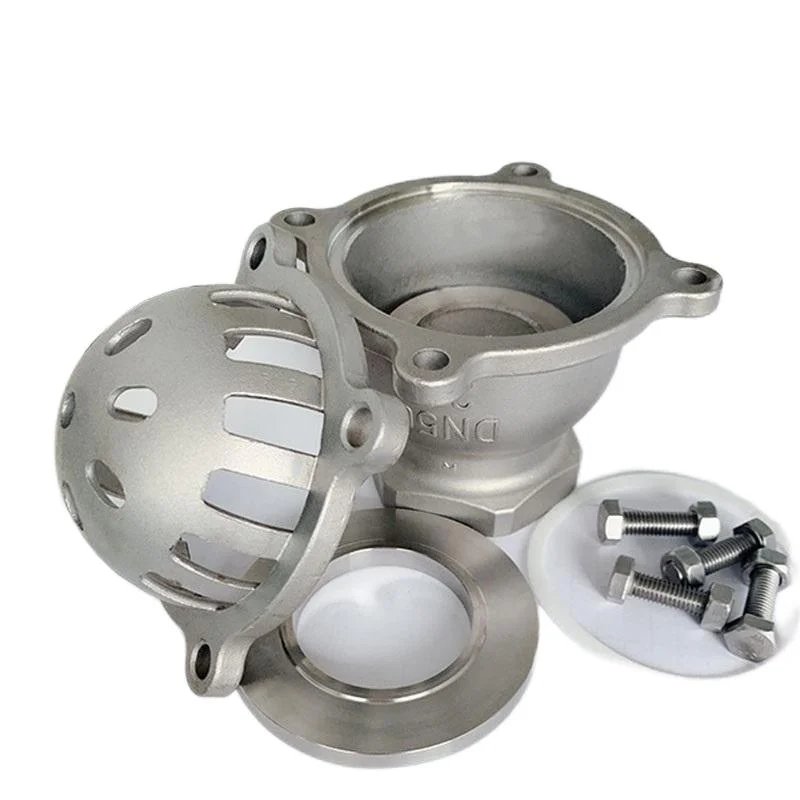Export Office: 21Floor, No.5 Nanhai Zhi Road,Qingdao, Shandong ,China
Work Shop: Beian Industrial zone, Qingdao,Shandong,China
+86 532 88256399
Martin
Inquiry now
A foot valve is a one direction while skillfully stopping reverse flow. It is commonly placed at the bottom of a suction tube and fully immersed in liquid. The chief role of a foot valve is to sustain the pump’s prime, making sure fluid is always on hand for smooth, ongoing activity.

These valves are extensively employed in water wells, farming irrigation networks, and industrial pumping setups. Without a foot valve, pumps could lose their prime, demanding regular manual restarts.
The broadly recognized layout for foot valves includes these four fundamental elements:
· Screen or strainer: This barrier keeps dirt, rubble, and other solid bits away from the valve.
· Disc: Serving as the foot valve’s entryway, this piece lifts to allow fluid in when the pump runs. Discs are made from tough materials like bronze, steel, or brass for prolonged use.
· Body: The body might consist of cast iron, bronze, stainless steel, plastic, or brass.
· Seat: It preventing leaks when the pump stops and the valve shuts. The seat is where the disc settles when the pump is off.

A foot valve works by reacting to pressure shifts. When the pump kicks on, it forms a vacuum. This vacuum pulls the valve open, letting liquid stream into the suction tube. As long as the pump operates, the valve stays open, delivering a constant fluid stream.
However, when the pump halts, the valve closes swiftly. Gravity and changing pressure trigger this fast shutdown, keeping liquid from slipping back into the source. It ensures the suction line stays full, removing the hassle of repeated priming.
A foot valve is consistently set at the suction tube’s end and remains underwater. Conversely, a check valve is fixed within a pipeline. It can function in both flat and upright positions.
A check valve lets fluid travel one way but lacks a strainer. This makes it less useful in spots with heavy debris. The difference between foot valves and check valves shines in scenarios where blocking debris and keeping pump prime matter most.

Besides water pumps, numerous air-driven systems rely on foot valves for their knack to halt fluid backflow and preserve the fluid column when the pump rests. Foot valves keep the pump primed in these uses:
· Water wells, ponds, and irrigation systems.
· Ensure steady fluid control: HVAC, car wash systems, and sump pumps.
Carbon steel foot valves apt for high-pressure setups. Cast iron foot valves, however, are valued for their rust resistance and budget-friendly nature.

A foot valve with a strainer suits places where sediment or debris might appear in the liquid. When picking a foot valve, reviewing the strainer’s layout is key.
Cleaning and Inspecting the Strainer can prevent clogs and keep fluid moving well.
Replacing Worn Seals and Valve parts to avoid leaks.
It halts backflow and keeps the pump primed for smooth running.
A foot valve sits underwater with a strainer, while a check valve fits inline.
They stop debris from hitting the pump, cutting jams and care needs.
Carbon steel fits high-pressure zones, while cast iron resists rust well.
With over 20 years of skill, FLUIDO crafts high-performing foot valves suited to your field’s demands. Serving 35+ nations, our valves hit ISO marks and offer strainer tweaks for rough settings. Contact our crew to talk project-specific fixes.
Boost your fluid setups with finely tuned foot valves! Reach FLUIDO now to explore custom paths or snag a quote.
Export Office: 21Floor, No.5 Nanhai Zhi Road,Qingdao, Shandong ,China
Work Shop: Beian Industrial zone, Qingdao,Shandong,China
+86 532 88256399
Martin
© 2020 Qingdao Fluido Industrial Co.,Ltd. All Rights Reserved. Qingdao fluido valve

